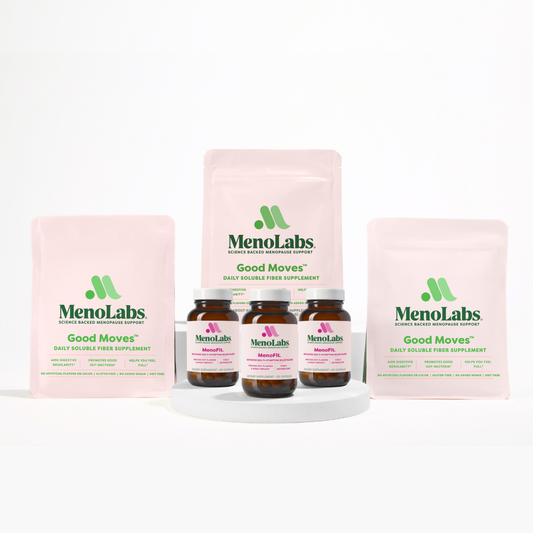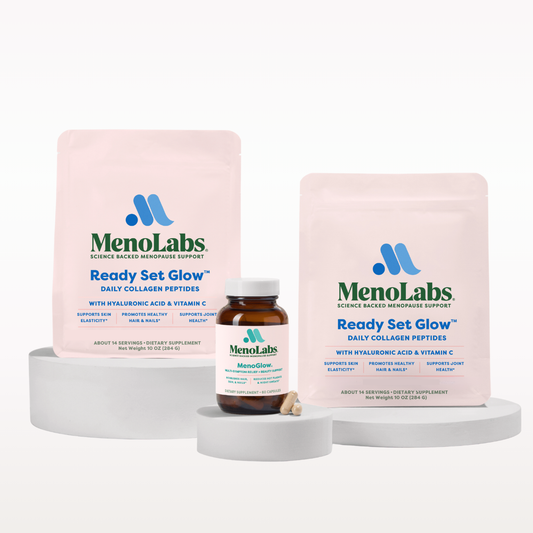Getting into a regular exercise routine as part of your new year’s resolutions can be difficult. For people who live a largely sedentary life, especially during the pandemic, introducing a regular exercise routine into your life can be even more of a challenge. That being said, it’s not impossible.
There are ways to introduce exercise into your everyday routine without completely draining you of all motivation and energy. You just have to be methodical about it and focus on different areas.
Aerobic Exercises
Aerobic exercises are designed to help the body gain and transport oxygen more effectively. They’re especially helpful in improving and maintaining cardiovascular health. Aerobic exercises are a great way to slowly introduce yourself to a more rigorous exercise routine. They help you increase the flow of oxygen in your body and help you maintain your energy levels throughout an exercise regimen.
So what are some good aerobic exercises to incorporate into your regular routine? For those who lead a more sedentary lifestyle, it’s best to start off small. Brisk walking, jogging, and swimming can help you get in some aerobic exercise without putting too much strain on your body. For those who are a little more active in their day-to-day lives and want to up their exercise levels a bit, running and biking may be a good choice.
Light Weight Lifting Exercises
One of the greatest dangers to women, as they go through menopause and into older age, is the loss of muscle mass. Women can lose up to half a pound of muscle mass a year. Multiply half a pound of muscle loss by 30 to 40 years, and the results are weakened muscles, potentially dangerous levels of weight loss, and a lowered ability to protect bones.
One of the things that women can do to help lower the rate of muscle mass loss is to build muscle mass. Weight lifting and strength training are great ways to help maintain muscle mass. It’s best to go for a full-body approach when building muscle mass, as all areas of the body can be affected as women go through menopause.
So what kinds of strength training and weight lifting exercises should women utilize during exercise? There are the standard weight lifting exercises like arm curls, squats, leg presses, and those are good options for those of you who are comfortable going to a gym or have a complete home gym. However, what if you don’t have much in the way of weight and lifting equipment? Well, you can do full-body weight exercises that don’t require weights. A lot of pilates exercises are adapted to help you work your muscles and the only equipment needed is a yoga mat!
Resistance Training Exercises
Muscles aren’t the only aspect of the body that are affected by aging and the menopausal transition. Of the estimated 10 million Americans who are diagnosed with osteoporosis, roughly 8 million of them are women. It’s estimated that 1 in 2 women over the age of 50 will fracture a bone due to osteoporosis and the recovery process is much longer.
It’s crucial to find ways to help strengthen bones. One of the best ways is to engage in resistance exercises. When you engage your muscles in any kind of exercise, the tension from your muscles pull on bones and help promote the production of new bone tissues. This helps lower the risk of bone density loss and helps prevent osteoporosis to a fair degree.
If you’ve never tried resistance exercises before, you might want to start out small. Resistance bands are elastic bands that you use to create tension between one point and another. They’re effective in building muscle mass and in strengthening bones. Start out with light bands, bands that don’t create a great deal of strain when you stretch them. Then as you get better with them, progress up in size to light-medium, medium, medium-heavy, and heavy.
If you’re not sure what kinds of resistance exercises you want to focus on, click on this chart for some ideas.
Moderate Stretching Exercises
Hormonal imbalances are the primary cause of muscle tension, especially for women going through menopause. Muscles often become tense as a result of the increase of stress hormones that can occur when estrogen levels are low. While muscle tension is not necessarily life-threatening altogether, it can cause a variety of problems. Muscle tension can increase blood pressure, increase insomnia and general restlessness, cause cramps, and constant strain from chronic muscle tension can actually weaken muscles later on in life.
So how can you lower muscle tension? Stretching does something quite interesting to your body. When you stretch, your body releases endorphins. Endorphins are like the body’s built-in painkillers. They help lower levels of stress hormones, which helps relax muscles and improve the flow of blood and oxygen in the body. It’s generally a good idea to stretch before and after you exercise. This helps lower muscle tension and helps you focus on deep breathing, which can help improve the flow of oxygen to your brain.
Balance Exercises
Hormonal changes and other bodily changes can cause things like dizziness or even feelings of being off-balance. Inner ear functions are primarily responsible for helping with balance. When hormonal changes occur, it can cause these inner ear functions to become less effective and throw off balance. Of course, hormones are just half of the battle. Balance is also based on core strength. Low core strength can make it more difficult for the body to maintain balance even if the inner ear functions are being affected by hormonal changes.
There are exercises that can help improve and maintain balance. They may not be the most intense exercises to burn fat, but they can help strengthen your core and help improve balance. Some of the most popular exercises to help improve balance include disciplines like tai chi, which are fluid movement exercises designed to help improve stability and are a good way to reduce stress. However, there are other balance-specific exercises that you can incorporate into your daily routine.
Start The New Year Right
You don’t have to commit to doing 4 hours of intense workouts every day in order to see improvements in your health. You just have to start out with something manageable that you can get comfortable with before moving onto the next step. Baby steps are perfectly okay when getting on an exercise track. Tailor your exercise routine to your specific needs and think about your exercise journey with a positive attitude. You’ll be surprised at how much progress you can make.
Related Products
Blend Besties Bundle
Fresh Start Bundle
4.7 / 5.0
(552) 552 total reviews













